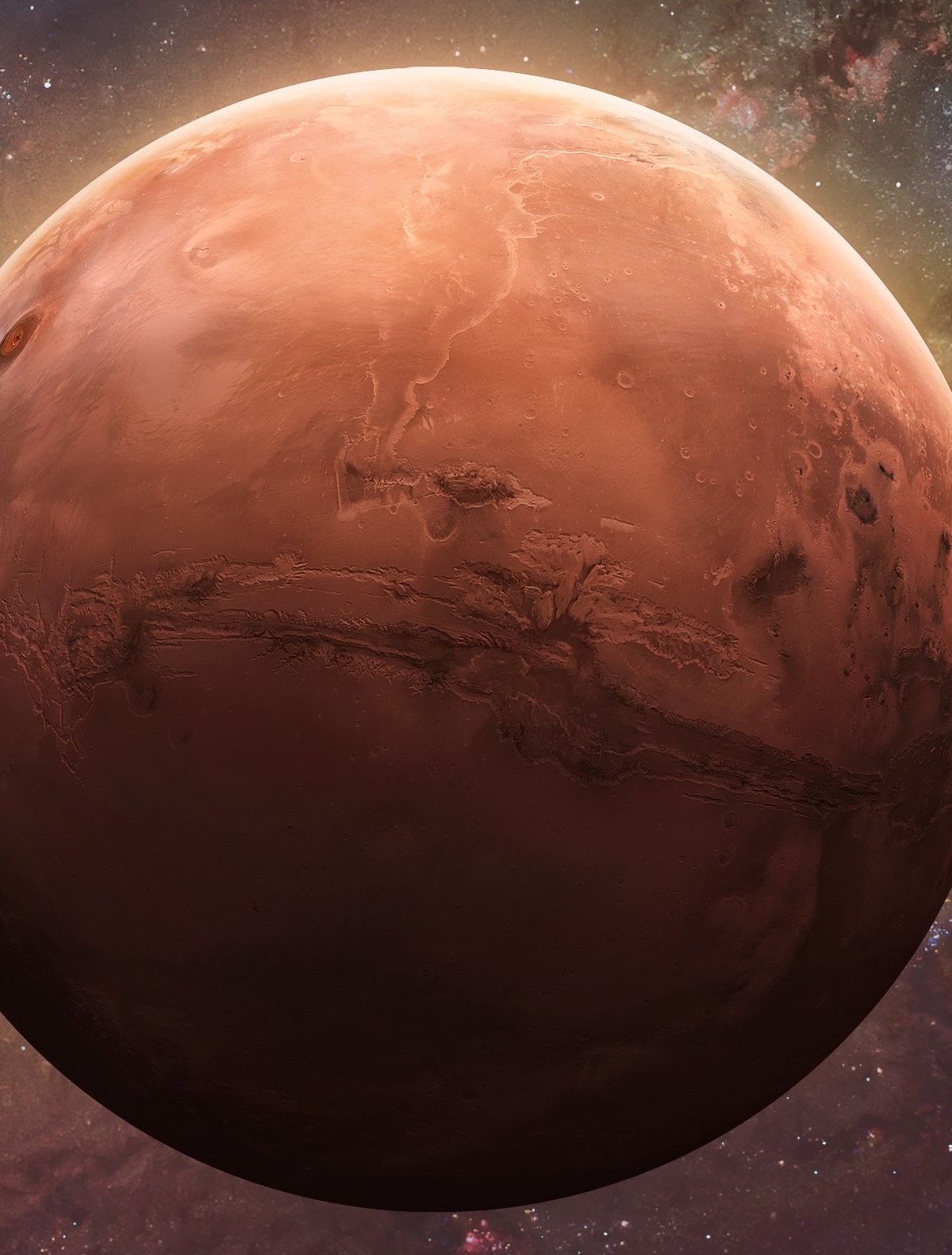Based on evidence and other information about Mars, science suggests that the planet had Earth-like environmental conditions in the very distant past. It probably had rivers containing liquid water, a denser atmosphere, and a climate more similar to our planet; It might actually be a livable place.
Current data shows that Mars still has a magnetic field, but it is much weaker than it was billions of years ago. As a result of the analysis of samples collected from the surface of Mars, scientists realized that the magnetic field of the celestial body is now much more intense, which allows the existence of a dense atmosphere that can protect it against solar radiation.
This feature is further evidence that Mars was similar to Earth in the past. Therefore, science is trying to understand the past of Mars in order to understand other processes that may occur on our planet in the future.
“We found that the Martian dynamo operated from 4.5 billion years ago to 3.7 billion years ago. Dynamo timing is a big part of a planet’s evolution, and what we discovered is very different from what we thought so far. The dynamo tells us about the planet’s thermal history, its evolution, and how it got to where it is today.” It tells us something and is unique for each of the terrestrial planets (Earth, Mars, Venus, and Mercury),” explains one study on the subject: .
We gathered research and information from astronomers and other experts in the field to try to understand why Mars’ magnetic fields don’t work.
magnetic field of mars
We know Mars as a desert and inhospitable place, with extremely cold temperatures and an environment that is unfriendly to any living being. But it wasn’t always like this. The planet had oceans of liquid water and moisture, and the climate was warmer; Again, This all ended when the magnetic field began to weaken and the atmosphere completely disappeared.
A planet’s magnetic shield is essential to maintaining its habitability because without it there would be no atmosphere. A study published in 2022 in the scientific journal Nature Communications, It puts forward the newest hypothesis about the cause of the weakening of the magnetosphere of the celestial body Mars.
Analyzing data collected by the InSIGHT lander from the United States National Aeronautics and Space Administration (NASA), researchers realized that the core of Mars is larger and less dense than previously believed.
This suggests the presence of hydrogen (H) and other light elements. Some studies also show that the core consists of cast iron (Fe) enriched with sulfur (S). If the planet’s core did indeed receive doses of hydrogen over time, this may have been the basis for weakening Mars’ magnetic field.
To simulate what might happen on the red planet, scientists created samples containing iron, sulfur and hydrogen: the Fe-SH set found in the celestial body’s core.. They then placed them in a device called a diamond anvil (DAC), which can squeeze samples between diamond plates and subject them to extremely high pressures, and increased the temperature using a laser.
The results showed that the samples melted and changed their composition; but the main focus of the experiment was to understand how the immiscibility of Fe-SH at high temperature and pressure plays an important role in the fate of Mars; Homogeneous mixtures are miscible, while homogeneous mixtures are miscible. they are not homogeneous.

“We were very surprised to see a specific behavior that could explain a lot of things. Fe-SH, which was initially homogeneous, split into two different liquids with a level of complexity never seen before under this kind of pressure. One of the iron liquids was rich in sulfur and the other was rich in hydrogen, and this is what happened on Mars.” is key to explaining the birth and eventual death of the surrounding magnetic field,” said Professor Kei Hirose from the Department of Earth and Planetary Sciences. In an official statement from the University of Tokyo.
The team explained that two immiscible liquids separated from the core of Mars and that “when the separated denser liquids remained in the deeper part, the lighter liquids migrated upward and mixed with the bulk liquid core, which could trigger convection of the Martian core.” ” Eventually heat conduction from the core stopped and as a result Mars lost its magnetic field.
This event probably took place around 4 billion years ago, but researchers make it clear that this is just one study on the subject and it is still necessary to analyze more samples to understand the full scenario of Martian history.
Did you like the content? Stay up to date with more curiosity about the Red Planet at TecMundo. If you want, take the opportunity to understand how volcanoes on Mars can tell more about Earth’s past.
Source: Tec Mundo
I’m Blaine Morgan, an experienced journalist and writer with over 8 years of experience in the tech industry. My expertise lies in writing about technology news and trends, covering everything from cutting-edge gadgets to emerging software developments. I’ve written for several leading publications including Gadget Onus where I am an author.










